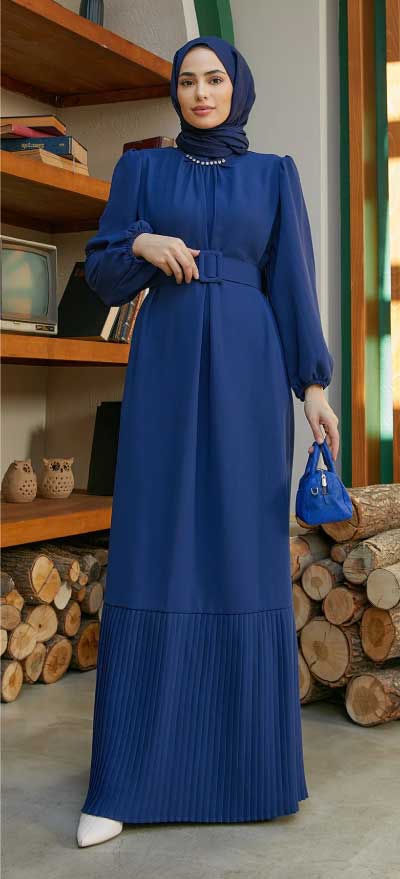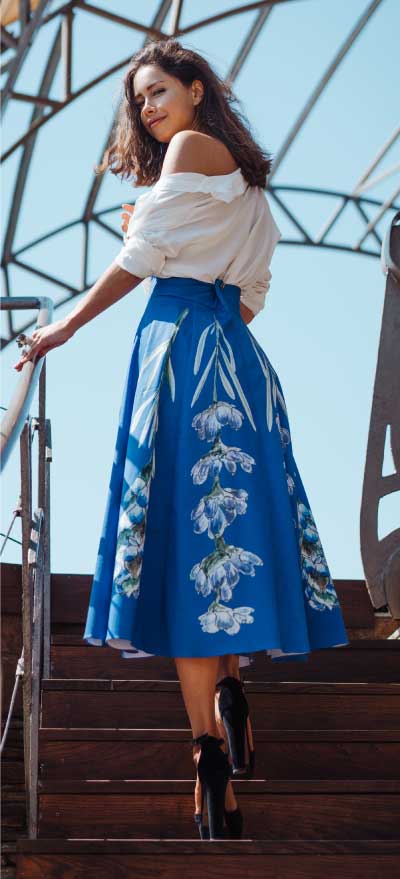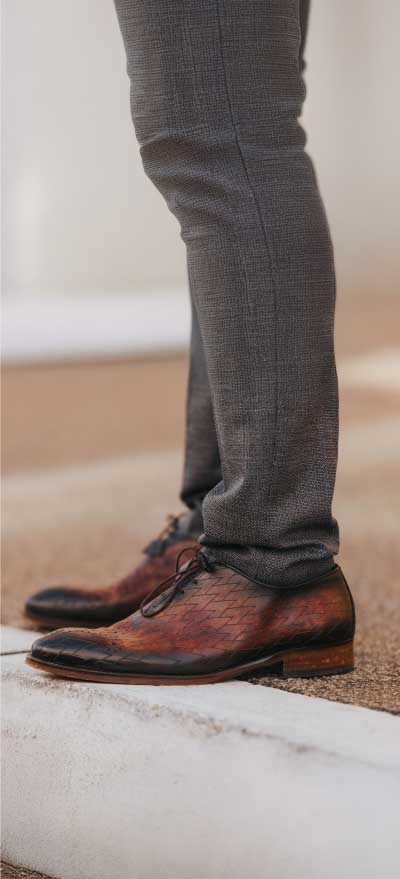How to Price Clothing for Your Boutique?
Pricing your clothing is a difficult task. You want to make sure that you are charging enough to cover the cost of the item and still make a profit, but not so much that people will not buy it.
This article will go over some tips and tricks on how to price your clothing for your boutique.
Pricing your clothes is a difficult task. But it is not impossible. There are many factors that you need to consider before pricing your clothes. These include the size of your clothing, the type of fabric, the quality, and how much you want to make in profit.
There are many ways that you can price your clothes. You can decide on a fixed price or a percentage of retail price. Whichever way you choose, it is important to remember that there are other factors that will affect how much money you make from each piece of clothing sold in your boutique.
Pricing your clothing is a delicate balance between the cost of the garment, the markup, and what you think your customers are willing to pay.
In this article, we will discuss how to price clothing for your boutique. We will also provide you with some tips and tricks that will help you find the right price for your boutique.
What is the Wholesale Prices
The wholesale price is the price at which a retailer buys goods from a wholesaler. The retailer sells the goods to consumers at a higher retail price.
The wholesale price is calculated by dividing the total cost of an order by the number of items ordered.
Wholesale prices are often negotiated between buyer and seller, and may vary from one product to another.
The wholesale price is the price at which a retailer buys a product from a wholesaler. The retailer will then sell to the end customer at a higher price.
The wholesale prices of clothes are usually lower than retail prices because they are not as popular and have more inventory.
Wholesale price is the price at which a retailer buys goods from a wholesaler. This price is usually much lower than the retail price. The retailer then sells these products to customers at a higher price, and makes a profit.
The wholesale market is an important part of the retail industry. It provides retailers with a way to buy goods in bulk, without having to worry about managing their own inventory.
How to Set Product Prices For Wholesale?
The wholesale price is the price that a retailer pays to buy goods from a wholesaler. The retailer then sells the goods at a higher price to make profit.
The wholesale price is usually significantly lower than the retail price, but it also depends on the product and market condition. For example, clothes in Turkey are cheaper than clothes in America because of the cost of labor and transportation.
A vendor is a person or company that sells products to retailers or other vendors at wholesale prices. The vendor will set up an online store on their website and offer products for sale at a lower cost than retail stores for customers who want to purchase in bulk.
In order to set a price for wholesale, you need to know the wholesale price of the product. The wholesale price is the cost of an item before any markups or discounts are applied. The wholesale cost is what you should use as your base when setting prices for your products on a marketplace.
You should also consider the following:
- Your margins
- Your competitors’ prices
- Your profit margin
- Product demand
In this section, we will discuss how to set wholesale prices for wholesale clothing. We will look at the factors that influence the price of wholesale clothing and how to use them in order to set a price.
First of all, you need to understand the market and what is happening in it. For example, if there is a lot of competition, then you should be able to offer lower prices than others and still maintain your profit margin. This can be done by buying in bulk and getting better deals from suppliers.
The price of a product is an important factor for a wholesaler. It will affect the profit margin and, consequently, the vendor’s competitiveness in the market.
There are two main factors that need to be considered when setting wholesale prices: cost and market demand. Cost is the total expenditure incurred in production and distribution of the product. Market demand is determined by how much consumers are willing to pay for the product.
The wholesale prices are set by the vendor. The vendor sets the wholesale prices in order to make a profit. The price of the product is usually set at a higher price than what is sold at retail stores.
The wholesale prices are also set based on the quality of the product and how much it costs to manufacture or produce.








































